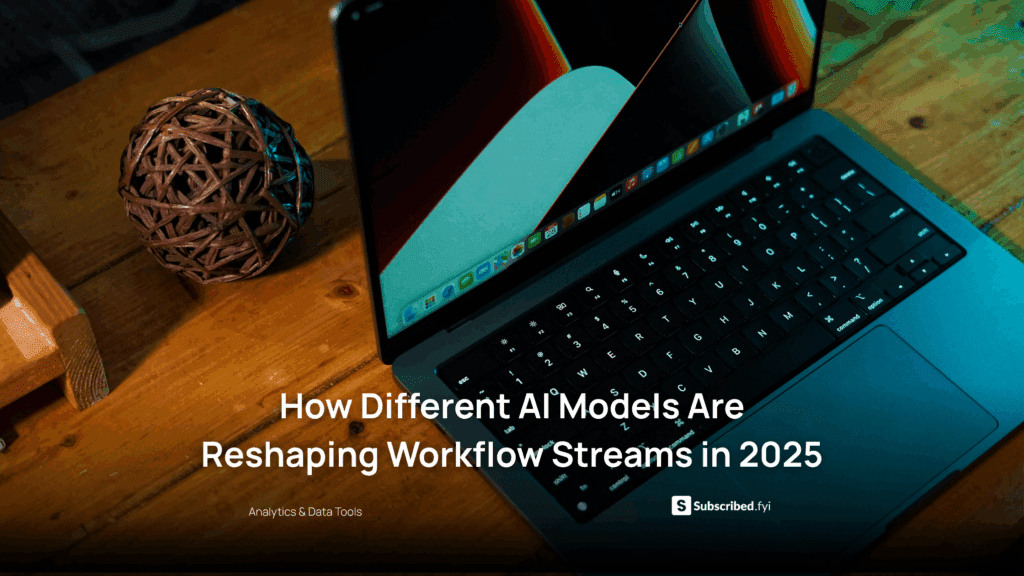44 Experiential Marketing Statistics Showing Growth in 2024
- Conversational Marketing Software SEO Software Affiliate Marketing Software Marketing Tools
44 Experiential Marketing Statistics Showing Growth in 2024
Experiential marketing has become a cornerstone in the realm of modern marketing, transforming how businesses connect with their audience. In this comprehensive article, we delve into 44 experiential marketing statistics that highlight its impressive growth in 2024. Discover the trends, insights, and strategies that make experiential marketing an indispensable tool for businesses seeking meaningful engagement.
Understanding Experiential Marketing Growth
The Rise of Experiential Marketing:
- Global Expenditure Surge: Experiential marketing spending is projected to reach $79 billion globally in 2024, reflecting a significant increase compared to previous years.
- Immersive Events on the Rise: Over 60% of marketers plan to allocate a higher budget to experiential marketing events in 2024, showcasing a growing recognition of its effectiveness.
- ROI Impact: 74% of consumers are more likely to convert after engaging in branded experiential marketing activities, underlining the substantial return on investment for businesses.
- Digital Integration: 80% of consumers believe that brands should integrate digital and physical experiences seamlessly, emphasizing the importance of a cohesive omnichannel approach.
Consumer Engagement and Interaction:
- Preference for Experiences: 77% of millennials prioritize spending on experiences over possessions, indicating a shift in consumer preferences towards memorable moments.
- Interactive Engagement: Interactive brand experiences are 4-5 times more likely to be shared on social media, showcasing the power of experiential marketing in generating organic online buzz.
- Brand Advocacy: 98% of consumers create digital or social content at events, with 100% of those sharing the content online. Experiential marketing serves as a catalyst for user-generated content and brand advocacy.
- Increased Dwell Time: Consumers spend an average of 4.1 hours at live events, providing brands with ample time for engagement and fostering a deeper connection.
Technology Integration:
- AR and VR Adoption: 73% of consumers are more likely to purchase a product after trying it in virtual reality (VR), indicating the potential of augmented reality (AR) and VR in experiential marketing.
- Tech-Driven Experiences: 63% of marketers believe that technology is crucial for creating more engaging and immersive experiences for consumers.
- Enhanced Personalization: 77% of consumers prefer personalized experiences, and technology integration allows brands to tailor experiential marketing efforts to individual preferences.
Event Trends and Strategies:
- Pop-Up Success: Pop-up experiences see an average ROI of 34%, making them a highly effective and cost-efficient strategy for brands.
- Sustainability Impact: 61% of consumers are more likely to support and engage with brands that prioritize sustainability in their experiential marketing initiatives.
- Culinary Experiences: 75% of consumers consider culinary experiences as memorable, opening avenues for brands to create impactful engagements through food-related events.
Social Media Influence:
- Instagram Dominance: 87% of event attendees share content on Instagram, making it the preferred platform for sharing experiential marketing experiences.
- Influencer Collaborations: 60% of brands plan to collaborate with influencers for experiential marketing campaigns, leveraging their reach and credibility.
- Snapchat Appeal: 58% of consumers aged 18-24 use Snapchat during events, emphasizing the platform’s relevance in targeting younger demographics.
Measurement and Analytics:
- Data-Driven Decisions: 78% of brands use data and analytics to measure the success of experiential marketing campaigns, emphasizing the importance of metrics in refining strategies.
- Brand Recall: Experiential marketing generates a 74% brand recall, significantly outperforming traditional advertising channels.
- Customer Journey Mapping: 82% of brands use customer journey mapping to optimize experiential marketing strategies, ensuring a cohesive and impactful brand narrative.
Industry-Specific Insights:
- B2B Adoption: 67% of B2B marketers plan to increase their experiential marketing budgets, recognizing its effectiveness in building relationships and generating leads.
- Health and Wellness Focus: 48% of health and wellness brands prioritize experiential marketing, leveraging immersive experiences to connect with consumers on a personal level.
- Luxury Brand Impact: 85% of luxury brands believe that experiential marketing is essential for creating a sense of exclusivity and engaging their discerning clientele.
Challenges and Opportunities:
- Measurement Challenges: 65% of marketers cite measuring ROI as the top challenge in executing experiential marketing campaigns, indicating a need for more sophisticated analytics tools.
- Virtual Experiences: 41% of brands plan to invest more in virtual experiences, presenting an opportunity to reach a global audience while addressing physical event limitations.
- Personalized Data Concerns: 79% of consumers are concerned about the collection of their personal data during experiential marketing events, highlighting the importance of transparent data practices.
Regional Dynamics:
- Asia-Pacific Growth: The Asia-Pacific region is experiencing the highest growth in experiential marketing spending, with a forecasted increase of 11.2% in 2024.
- North America Dominance: North America remains the largest experiential marketing market, accounting for over 40% of global spending.
Industry Impact:
- Event Agency Growth: Experiential marketing agencies are projected to grow by 10.6% in 2024, showcasing the increasing demand for specialized services in this field.
- Brand Immersion Centers: 57% of brands plan to establish brand immersion centers, providing consumers with ongoing opportunities for immersive experiences beyond one-time events.
The Future Landscape:
- Virtual Reality Commerce: By 2025, the virtual reality commerce market is projected to reach $5.3 billion, opening new possibilities for brands to create immersive shopping experiences.
- Metaverse Integration: 46% of brands are exploring opportunities to integrate their experiential marketing efforts with emerging metaverse platforms, signaling a shift towards virtual and augmented reality experiences.
- Sensory Marketing: The integration of sensory elements, such as smell and touch, in experiential marketing is gaining traction, creating multi-sensory brand experiences.
Industry Resilience:
- Pandemic Adaptation: 74% of brands adjusted their experiential marketing strategies during the COVID-19 pandemic, showcasing the industry’s resilience and adaptability.
- Hybrid Event Models: 68% of brands are adopting hybrid event models, combining in-person and virtual elements to reach broader audiences.
Demographic Preferences:
- Gen Z Engagement: 62% of Gen Z consumers prefer experiences that are interactive and involve participation, shaping the design of experiential marketing campaigns targeting this demographic.
- Boomer Participation: 55% of baby boomers actively participate in experiential marketing events, challenging stereotypes about generational preferences.
Cultural Impact:
- Cultural Alignment: 76% of consumers believe that experiential marketing campaigns should align with cultural values, emphasizing the importance of authenticity and cultural relevance.
- Community Engagement: 69% of consumers feel a stronger connection to brands that actively engage with and support local communities through experiential marketing initiatives.
Industry Collaboration:
- Collaborative Partnerships: 63% of brands collaborate with other brands to create joint experiential marketing campaigns, fostering creativity and expanding reach.
- Agency Collaboration: 77% of brands work with experiential marketing agencies, recognizing the expertise and creativity these specialized partners bring to the table.
Emotional Connection:
- Emotional Impact: 87% of consumers believe that experiential marketing has a greater impact on their emotions compared to traditional advertising channels.
- Brand Loyalty: 65% of consumers are more likely to become loyal customers after attending an experiential marketing event, showcasing the long-term impact on brand affinity.
- Positive Brand Perception: 82% of consumers have a more positive perception of brands that prioritize experiential marketing, highlighting its influence on brand image and reputation.
Relevant SaaS Products for Experiential Marketing:
Explore these SaaS products that can enhance your experiential marketing initiatives:
- Splash: Event marketing platform for creating and managing immersive experiences.
- Bizzabo: Comprehensive event management software for planning and executing impactful events.
- Gather Voices: Video engagement platform for capturing and sharing authentic customer stories.
- Hubilo: Virtual and hybrid event platform for hosting engaging online experiences.
- Cvent: Event management and planning software for orchestrating successful experiences.
Conclusion: Shaping the Future of Marketing through Experiences
As experiential marketing continues to evolve, these statistics underscore its effectiveness in creating lasting connections with consumers. Embrace the growth and potential of experiential marketing to stay at the forefront of the ever-changing marketing landscape.
Elevate your experiential marketing strategy with exclusive deals on SaaS tools. Subscribed.FYI offers a platform to access secret deals that can enhance your experiential marketing efforts. Sign up for free today to unlock significant savings.











